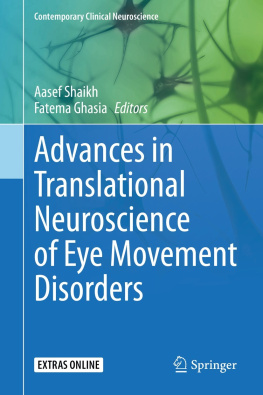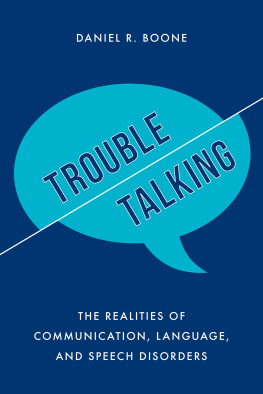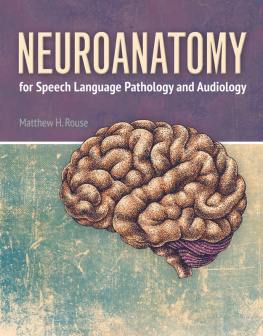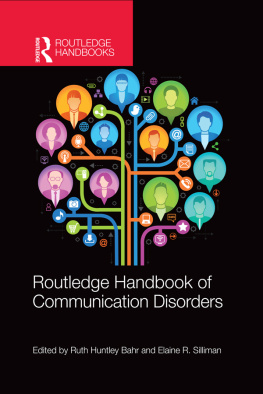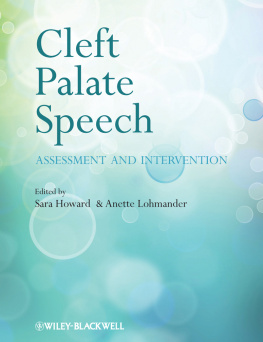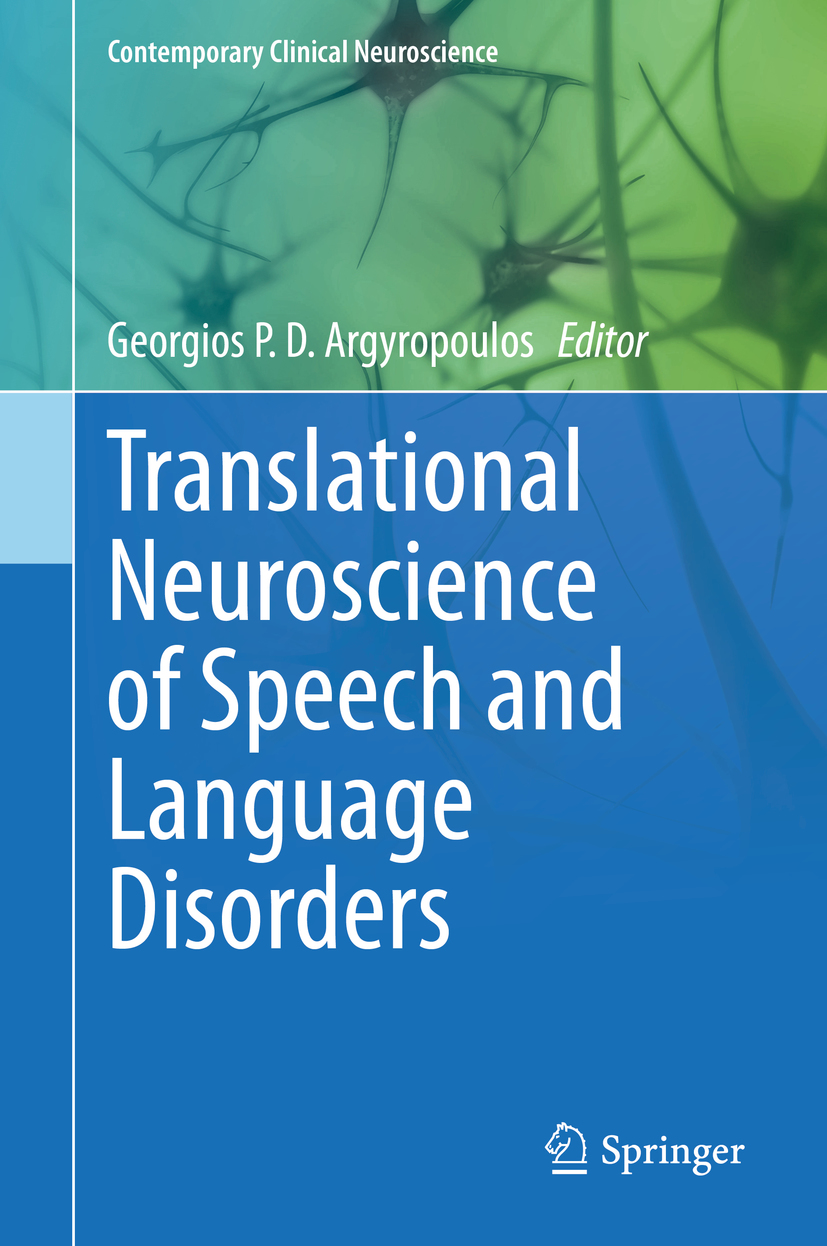Contemporary Clinical Neuroscience
Series Editor
Mario Manto
Department of Neurosciences, Department of Neurology, CHU-Charleroi, Charleroi, Belgium, University of Mons, Mons, Belgium, Charleroi, Belgium
Contemporary Clinical Neurosciences bridges the gap between bench research in the neurosciences and clinical neurology work by offering translational research on all aspects of the human brain and behavior with a special emphasis on the understanding, treatment, and eradication of diseases of the human nervous system. These novel, state-of-the-art research volumes present a wide array of preclinical and clinical research programs to a wide spectrum of readers representing the diversity of neuroscience as a discipline. Volumes in the series have focused on Attention Deficit Hyperactivity Disorder, Neurodegenerative diseases, G Protein Receptors, Sleep disorders, and Addiction issues.
More information about this series at http://www.springer.com/series/7678
Editor
Georgios P. D. Argyropoulos
Translational Neuroscience of Speech and Language Disorders
Editor
Georgios P. D. Argyropoulos
Nuffield Department of Clinical Neurosciences, John Radcliffe Hospital University of Oxford, Oxford, UK
Contemporary Clinical Neuroscience
ISBN 978-3-030-35686-6 e-ISBN 978-3-030-35687-3
https://doi.org/10.1007/978-3-030-35687-3
Springer Nature Switzerland AG 2020
This work is subject to copyright. All rights are reserved by the Publisher, whether the whole or part of the material is concerned, specifically the rights of translation, reprinting, reuse of illustrations, recitation, broadcasting, reproduction on microfilms or in any other physical way, and transmission or information storage and retrieval, electronic adaptation, computer software, or by similar or dissimilar methodology now known or hereafter developed.
The use of general descriptive names, registered names, trademarks, service marks, etc. in this publication does not imply, even in the absence of a specific statement, that such names are exempt from the relevant protective laws and regulations and therefore free for general use.
The publisher, the authors, and the editors are safe to assume that the advice and information in this book are believed to be true and accurate at the date of publication. Neither the publisher nor the authors or the editors give a warranty, expressed or implied, with respect to the material contained herein or for any errors or omissions that may have been made. The publisher remains neutral with regard to jurisdictional claims in published maps and institutional affiliations.
This Springer imprint is published by the registered company Springer Nature Switzerland AG
The registered company address is: Gewerbestrasse 11, 6330 Cham, Switzerland
In memoriam Peter Marin (19622017)
Preface
Advances over the past few decades in the neuroscience of speech and language underscore the potential for efficiently preventing the impairment, predicting and impeding the deterioration, or enhancing the recovery of speech and language function. Nevertheless, the translation of such advances into clinical applications remains strikingly slow. Virtually in their entirety, the large number of contemporary volumes that combine insight from neuroscience and speechlanguage pathology includes very little discussion of the translational insight that the relevant fields provide on prevention, prediction, and rehabilitation of speech and language disorders. While international scientific journals on the neuroscience of speech and language have been occasionally hosting special issues and reviews dedicated to translational neuroscience over the last decade, such papers have almost exclusively considered stroke-induced aphasia as the disorder of interest. Importantly, such work has not so far been represented in the form of a volume.
Instead of providing yet another volume dedicated to the Neuropsychology of speech and language disorders, or to the Cognitive Neuroscience of speech and language, this edited volume provides the first presentation of the state-of-the-art in the application of modern Neuroscience research in predicting, preventing, and alleviating the negative sequelae of neurodevelopmental, acquired, or neurodegenerative brain abnormalities on speech and language.
To this aim, this volume brings together contributions from several leading experts in a markedly broad range of disciplines, comprising Neurology, Neurosurgery, Genetics, Engineering, Neuroimaging and Neurostimulation, Neuropsychology, and Speech and Language Therapy. Likewise, the primary audience of this work comprises frontline clinicians, clinical and cognitive neuroscientists, neuropsychologists and neurologists, speech and language pathologists/therapists, health researchers, and assistive technologists.
This volume is evidently far from exhaustive with respect to either the vast range of speech and language disorders or the different theoretical frameworks and techniques that can afford us translational insight. However, we do hope to provide a framework for discussion, enabling scientists in academia or industry, or, alternatively, from preclinical or clinical backgrounds, to establish a more common language, methodology, and motivation for conducting translational research in speech and language disorders. The reader will find not only state-of-the-art contributions, but also novel venues that are being investigated in a growing number of laboratories worldwide.
I would like to thank all of the contributors to this volume who have found time to prepare their chapters despite a busy schedule, as well as the anonymous reviewers for their valuable feedback. Additionally, I am very grateful to the Editor of the Series, Mario Manto, as well as the staff of Springer for their support and encouragement in making this volume possible.
Finally, this edited volume is dedicated to the memory of Prof. Peter Marin, whose pioneering work continues to inspire us.
Georgios P. D. Argyropoulos
Oxford, UK
September 2019
Abbreviations
V
Microvolt(s)
A1
Primary auditory cortex
AD
Alzheimers disease
AF
Arcuate fasciculus
AFNI
Analysis of functional neuroimages (software)
AoS
Apraxia of speech
ASD
Autism spectrum disorder(s)
atDCS
Anodal transcranial direct current stimulation
BA
Brodmann area
BOLD
Blood oxygen level-dependent
C
Consonant
CBI
Cerebellar brain inhibition
CCT
Computerized cognitive training
CIT
Constraint-induced therapy
cm
Centimeter(s)
cTBS
Continuous theta-burst stimulation
ctDCS
Cathodal transcranial direct current stimulation
DCS
Direct cortical stimulation
DD
Developmental dyslexia
DLD
Developmental language disorder
DLPFC
Dorsolateral prefrontal cortex
DTI
Diffusion tensor imaging
DWI
Diffusion-weighted imaging
DYS
Dyslexia
EEG
Electroencephalography
EF
Executive function(s)
EMG
Electromyography
F
Female
FA
Fractional anisotropy
FC
Functional connectivity
fMRI
Functional magnetic resonance imaging
FSL
FMRIB software library (software)
FTD
Fronto-temporal dementia
GM
Gray matter



